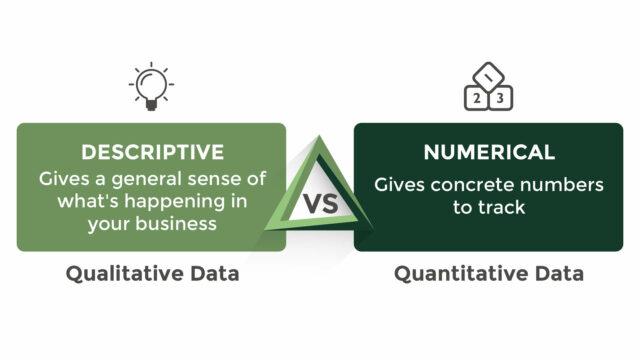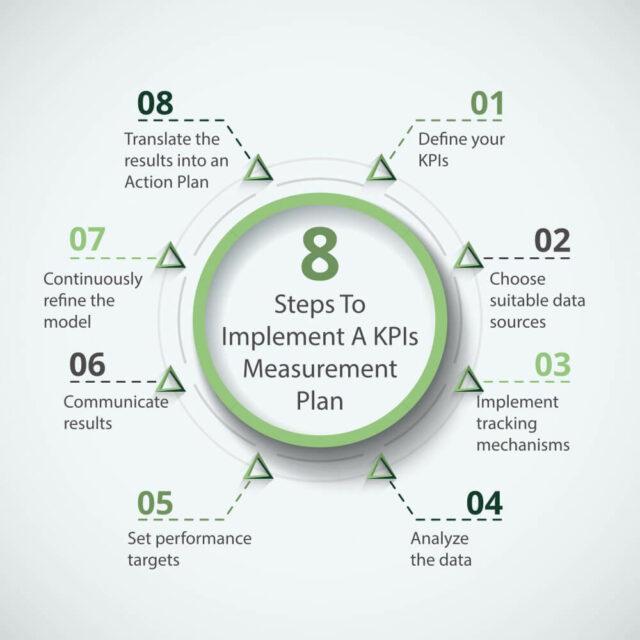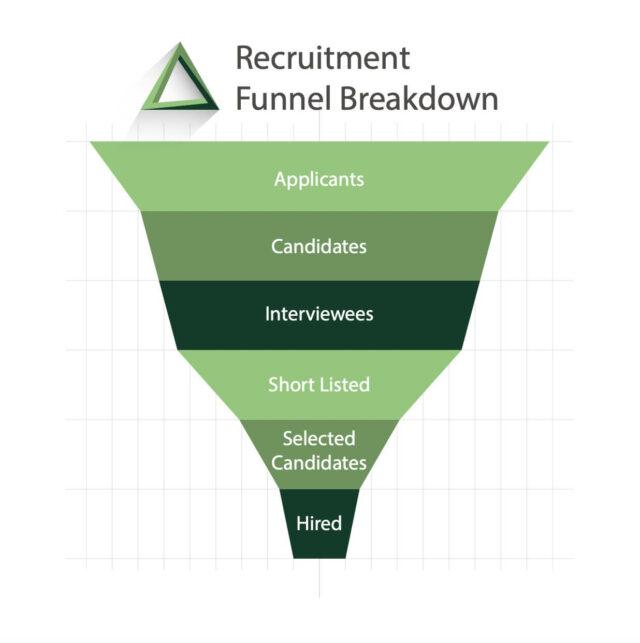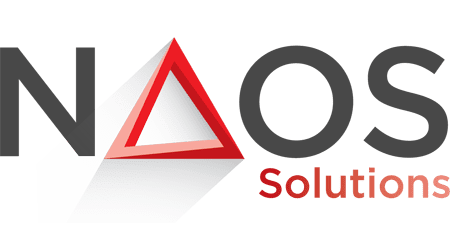Implementing a Recruitment Analytics Plan is a hot topic in the HR world. Many organizations are looking for ways to measure and improve their recruitment processes. Data and metrics can provide valuable insights into the effectiveness of the recruitment process, from attracting and sourcing candidates to hiring and onboarding new employees. In this blog post, we’ll explore how to implement an efficient measurement plan for recruitment analytics.

Whether you’re a seasoned HR professional or new to the field, this blog post will provide valuable insights into using recruitment analytics to improve your talent acquisition strategy. We’ll start by defining what recruitment analytics is and outlining the key objectives of using this approach. Next, we’ll discuss the difference between qualitative and quantitative data and how to use these data types to build KPIs. We’ll also cover tips on how to organize and collect data as a Talent Acquisition Manager. Finally, we’ll provide step-by-step guidance on implementing a KPIs measurement plan. You will get a clear vision of your recruitment funnel breakdown.
WHAT EXACTLY IS RECRUITMENT ANALYTICS?
Recruitment analytics consists of collecting, analyzing, and interpreting data related to the recruitment process. You can use it to measure recruitment done in-house or externalized to a recruitment agency. The goal of recruitment analytics is to improve the efficiency and effectiveness of the recruitment process. It allows for identifying trends and patterns to inform strategic decisions and ultimately lead to better corporate hires.
Discover how advanced talent acquisition analytics can transform your hiring efficiency in our new article.
Define Your Objective
The first questions you must answer are why you are measuring your data and the desired outcomes. What is the objective, and what do you want to achieve? There is no one-size-fits-all list of key performance indicators (KPIs) for a talent acquisition department. The most important metrics will depend on your organization’s goals and priorities.
You can use Recruitment analytics in many ways, including:
- Identifying the most effective sources to attract top talent.
- Evaluating the effectiveness of different recruitment methods (e.g., job boards, employee referrals, campus recruiting).
- Identifying bottlenecks in the recruitment process and finding ways to streamline the process.
- Predicting future workforce needs and developing strategies to meet those needs.
- Analyzing the diversity and inclusion of the recruitment process and identifying ways to improve it.
- Compare the performance of several recruitment agencies.
Qualitative Vs. Quantitative Data
There are two types of recruitment metrics: qualitative and quantitative. Qualitative data gives a general sense of what’s happening in your business, while quantitative data gives concrete numbers to track.

Here are some examples of both types of metrics:
- Quantitative – For example, the average number of daily applications received in the last 30 days?
- Qualitative – They provide valuable insights regarding stakeholders’ experiences and perceptions, which can then be confirmed or further explored through quantitative analysis. For example, in a recruitment survey, qualitative feedback from candidates about their experience during the recruitment process can highlight specific areas for improvement, such as the length of time it takes to receive a response from a recruiter.
We can use qualitative and quantitative data together to understand the recruitment process comprehensively. Finally, you will be able to make data-driven decisions for improvement.
HOW SHOULD A TALENT ACQUISITION MANAGER ORGANIZE AND COLLECT DATA TO BUILD KPIS?
Steps To Implement A KPI Measurement Plan

As a Talent Acquisition Manager, there are several steps you can follow to organize and collect data for building KPIs:
- Define your KPIs: Once you know your objectives and what success looks like (now and three years from now), select the key performance indicators you want to track. As a client, you want to maintain sight of your recruitment agency’s performance. You must prioritize the KPIs with the most significant impact and make improvements where necessary. Make sure to include both qualitative and quantitative metrics. You can refer to our previous post: Recruitment KPIs for Measuring Success. We have a detailed list of recruitment KPIs and how to calculate and interpret them.
- Choose suitable data sources: Identify the relevant data sources to track your KPIs, such as your applicant tracking system (ATS), surveys, interview feedback, etc.
- Implement tracking mechanisms: Define the methods you will use to collect the data, such as surveys, tracking systems, and data analytics tools. Set up techniques or processes to automatically track the data, such as automated reports from your ATS or automated feedback surveys. If manual tracking is required, ensure that all relevant stakeholders know the data collection process and can provide the necessary information on time.
- Analyze the data: You should track your recruitment agency’s performance regularly to steer it in the right direction and maximize its potential. Periodically review and analyze the data collected for each KPI to identify trends and insights. You may have to create charts or use statistical tools.
- Set performance targets for each KPI, such as a desired candidate conversion rate or time-to-fill. Develop the required action plans based on the insights gained from the analysis.
- Communicate results: Specify the format and frequency of reports you will generate. Share the results of your KPI analysis with relevant stakeholders, such as hiring managers, recruiters, senior leadership, and recruitment agencies. Communicate the results clearly and understandably.
- Continuously refine: Review and refine your KPIs regularly to ensure they remain relevant. A measurement plan is not a one-time effort. Companies that follow a medium- and long-term measurement plan will benefit the most.
- Translate the results into an Action Plan: You don’t create a Recruitment Analytics Measurement Plan for the sake of it. Measuring will only produce effects if you translate the insights into a concrete action plan.
Translate The Insights Of Recruitment Analytics Into An Action Plan

You must follow the below-described process:
Identify areas of improvement
This could include areas with low conversion rates, high candidate drop-off rates, or poor candidate experience scores.
If data indicates a need for a better candidate experience, consider redesigning the application process to make it more user-friendly. Implement automated updates to keep candidates informed at each stage of the process.
Another common area of improvement can be to rethink the communication timelines with candidates by setting clear expectations about the recruitment timeline and providing regular updates.
Prioritize Actions
Based on the areas of improvement identified, prioritize the efforts that will impact the recruitment process most. Thus, factors such as the impact size, the resources required, and the feasibility of implementation should be considered.
Develop A Detailed Action Plan
Develop a detailed action plan for each priority area, including specific steps, timelines for completion, and the resources required.
It is vital to involve all relevant stakeholders in translating the analysis of recruitment KPIs into a concrete action plan involving hiring managers, recruiters, and senior leadership. Conduct workshops to align everyone with the new recruitment strategies based on insights from analytics. You will then ensure buy-in and alignment, making everyone work towards the same goals.
Allocate resources
Resource allocation is critical to successfully implementing a recruitment analytics action plan. Effective management of resources ensures that the plan is executed efficiently and yields the best possible results. Here’s a guide on strategically allocating budget, personnel, and time resources.
-
- Budget Allocation for New Technologies
Begin by evaluating the technological needs essential for implementing your Detailed Action Plan. This might include software for data analysis (ex: Tableau, Looker Studio, Microsoft Power BI, or SAS Viya), applicant tracking systems (ex: Greenhouse, BambooHR, Workday Recruiting, Lever, Manatal or Recruitee), or AI-driven tools such as intelligent chatbots for candidate engagement (ex: Mya Systems, XOR, Ideal or Textio).
Each tool has unique features and strengths, and the choice depends on the organization’s specific needs and scale. Thorough research and trial periods are essential to determining the best fit for your organization’s recruitment analytics and engagement strategies.
Prioritize investments based on the potential return on investment (ROI) and the impact on your recruitment process. Focus initially on technologies that address the most pressing needs identified in your analytics insights.
Choose scalable technologies that can grow with your organization. Investing in scalable solutions helps avoid future costs related to upgrading or replacing systems.
Allocate a budget that reflects the actual cost of these technologies, including subscription fees, maintenance, and any training your team will need.
-
- Allocating Personnel for Data Analysis
Determine the necessary skills for practical data analysis in your recruitment process. This might include data mining, statistical analysis, or proficiency in specific analytics software.
Decide whether to train existing employees, hire new talent, or outsource these tasks. Training current employees can benefit smaller organizations, while dedicated data analysts might benefit larger ones.
Clearly define the roles and responsibilities associated with data analysis in recruitment. Ensure that these roles are integrated seamlessly into your existing HR structure.
Allocate resources for ongoing training and professional development to keep your team updated with the latest trends and best practices in recruitment analytics.
-
- Time Management for Strategy Reviews
Schedule regular meetings to review and assess the recruitment strategy based on insights from analytics. These should be frequent enough to allow for agile responses to new data but not so frequent that they become counterproductive.
Structure these meetings efficiently. Start with a review of critical metrics and KPIs, followed by discussions on insights, challenges, and potential adjustments to the strategy.
By thoughtfully allocating resources in these three key areas, you can significantly enhance the effectiveness of your recruitment analytics action plan. This strategic approach ensures that your organization is equipped with the necessary tools and skills and operates within a framework that allows for continuous improvement and adaptation to emerging recruitment trends and data insights.
Evaluate results
Evaluate the action plan results, using the recruitment KPIs to measure the impact of the changes. Create a feedback loop where stakeholders can regularly provide insights on the recruitment process, facilitating continuous improvement.
As a result, a recruitment analytics measurement plan is a living document that needs regular updates to reflect changes in the recruitment process and the goals of the Talent Acquisition department.
Get A Clear Vision Of Your Recruitment Funnel Breakdown
First, let’s define what the recruitment funnel is. In simple terms, the recruitment funnel is a way of looking at the different stages of your hiring process and how applicants progress from one stage to another. It helps you understand where you’re losing people by having them drop out at specific points in the process (and it also tells you which stages are most effective for generating new hires).

We have broken down the recruiting process into six stages:
- Applicants are all potential candidates who have applied to your vacancy. Typically, this will include candidates who have applied directly via your website or a job board advert.
- Candidates have gone through the first stage of your recruitment process. The recruiters have selected them as suitable for an interview based on their CV and application form/online form responses. They should also be pre-qualified based on minimum selection criteria agreed upon at the interview stage (e.g., salary expectations).
- Interviewees—these are candidates who have attended the first interview. The recruiter usually conducts this first interview over the phone.
- Shortlisted – the recruitment agency has selected them because they fit your needs, and their qualification and experience match your requirements. They will perform the second round of interviews with you.
- Selected candidates. The line manager may accompany the hiring manager in interviewing the candidates. They have proposed the job to them.
- Hired – the candidates have accepted your job offer and agreed to undergo onboarding.
CONCLUSION
In conclusion, recruitment analytics is a critical tool for HR departments to measure the effectiveness of their recruitment processes and make data-driven decisions to improve their talent acquisition strategies. Hence, by defining your objectives, organizing and collecting data, and implementing a KPIs measurement plan, you can gain valuable insights into your recruitment funnel and make meaningful changes to improve your overall recruitment success. Recruitment analytics allows HR departments to reach a common goal with their recruitment partners, attract top talent, and drive business results. As shown above, embracing recruitment analytics is a step toward a more data-driven and efficient recruitment process.
If you’re a Talent Acquisition Manager looking to improve your recruitment processes and drive better business results, consider contacting NAOS Talents. Our team of experts can help you meet your specific Talent Acquisition needs. If you’re looking for support in attracting top talent, NAOS Talents has the expertise and resources to help you succeed. Don’t miss this opportunity to take your recruitment efforts to the next level. Contact NAOS Talents today to learn how we can help you achieve your recruitment goals.

